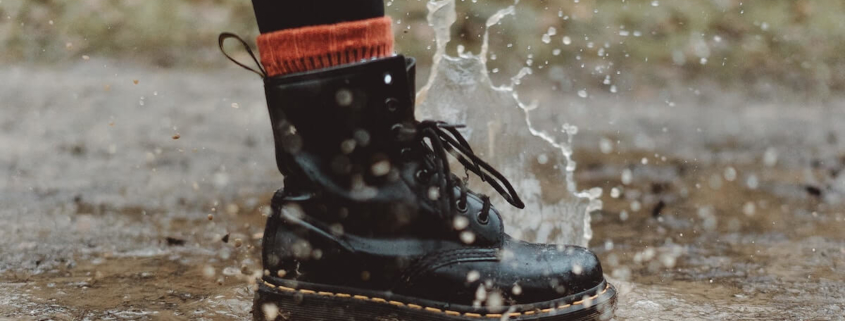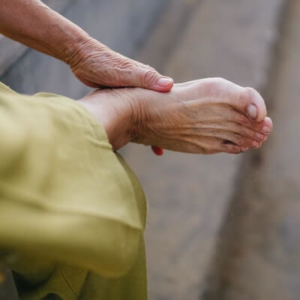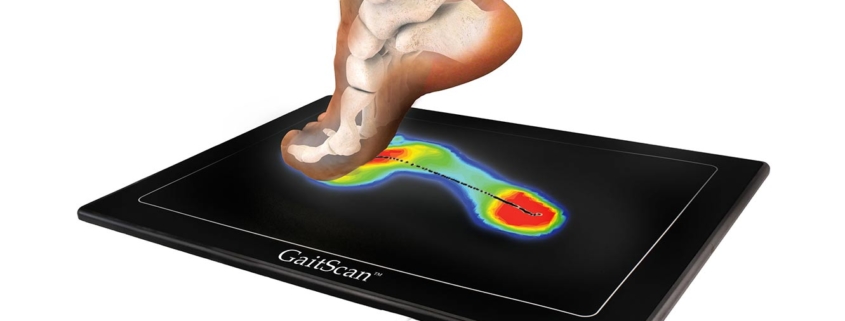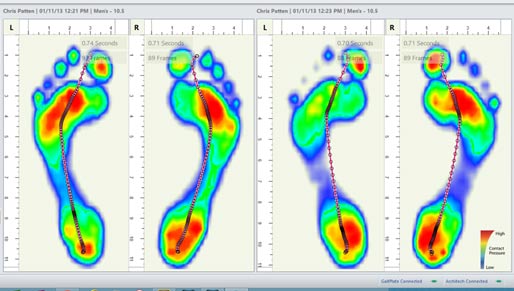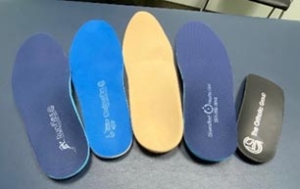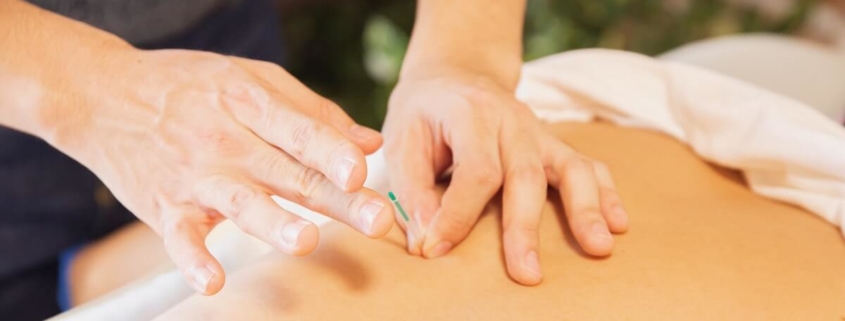Life is too short for uncomfortable shoes, but even the cushiest shoes can feel like bricks at the end of a long day on your feet (especially if you’re already prone to foot pain). While you can’t always put your feet up when you want to, the good news is that there are things you can do to prevent and alleviate foot pain. Continue reading to learn about the most common causes of foot pain and what can be done to treat your feet.
Common Causes of Foot Pain
Everyone will experience sore feet at some point, but what happens when foot pain is recurring or, worse yet, persistent? Recurring or constant foot pain often comes down to one or more of the following:
- Poor-fitting or uncomfortable footwear
- Wearing inappropriate footwear for an activity
- Strained foot muscles caused by occupation, prolonged activity, or excessive body weight
- Untreated gait issues resulting in excessive supination (rolling outward of the ankles and raising of the arch), pronation (rolling inwards of the ankles and collapsing of the arches) and other biomechanical faults
- Hereditary conditions, including rheumatoid arthritis that affect the bones and joints of your feet and ankles
- Arch pain from fallen arches and poor arch support
- Heel spurs, hammertoes and bunions
- Past injuries to your feet, ankles, knees or hips that displace more weight to one foot, reducing foot flexibility or causing pain during certain activities
- Heel pain caused by plantar fasciitis and Achilles tendon pain caused by Achilles tendinopathy
- Metatarsalgia, causing pain and inflammation in the bottom balls of (one or both) feet, triggered by poor arch support or shock absorption
- Shin splints pain caused by training on hard surfaces and footwear with poor shock absorption
- Gait issues that negatively affect your body’s alignment and posture, resulting in knee, hip or lower back pain
Choosing the Right Shoes
In our efforts to be fashionable, we often make footwear choices based on form over function by paying more attention to a style than whether or not our footwear choices properly support our feet. Common blunders include toe boxes that are too tight, heels that are too high or soles that are too flat, resulting in constrained feet and overtaxed foot muscles after a few hours of wear. The ideal footwear considers the activity you’re performing and supports your feet by helping to distribute your weight as evenly as possible and absorbing some of the shock when your feet strike the ground.
Proper Footwear for Your Occupation and Sport
If your occupation has you on your feet all day, your footwear needs to be more shock-absorbing and offer good stability and arch support to prevent muscle strain and inflammation.
Selecting the proper footwear for your sport is just as important (if not more) as choosing the rest of your equipment. For example, a good weightlifting shoe will offer drastically different types of support than the ideal shoe for hiking, trail running, CrossFit or field lacrosse. So carefully consider what kind of support your feet and ankles need during the activities you perform.
Some Feet Need a Little Extra Support
Some feet require extra TLC, and that’s okay! When we consider how much our feet support us every day, it only makes sense to return the favour.
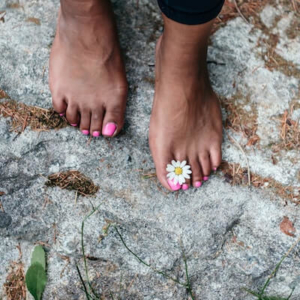
Did you know?
Besides causing pain, improper footwear and unaddressed gait issues can have a detrimental and compounding effect on the rest of your body. For example, Shin pain, knee pain, hip joint pain and lower back pain are sometimes caused and exacerbated by issues that start in your feet.
Protecting your health from the ground up!
If we compare our bodies to a tower, the strength of a tower’s architecture significantly depends on a solid foundation. The same is true about our bodies. The optimal alignment of our joints (and posture) starts at our feet – our foundation. This is where custom orthotics come in.
How custom orthotics mitigate foot pain
Most foot pain is caused by biomechanical faults of the feet that can be corrected using custom-made orthotics. Even foot pain caused by genetic factors can benefit from having custom orthotics that help reduce foot strain. Custom orthotics are tailored to the exact ergonomics of your foot, taking into account any pain and biomechanical faults caused by foot malformations, fallen arches and other foot muscle imbalances. Properly fitted orthotics improve how your body’s weight is distributed to your feet, improving overall body alignment and shock absorption while standing and during activities.
Custom orthotics add an instant upgrade to almost any pair of shoes
Custom orthotics are made to fit neatly into most types of footwear, and depending on your lifestyle, can be tailored to suit the activities you partake in most. For example, it’s not uncommon for athletes to have more than one pair of custom orthotics – one that is specifically designed to be used during training.
Custom-made orthotics support your feet where they need it most
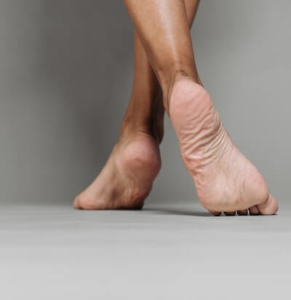 Unlike off-the-shelf insoles and inserts, custom orthotics are created from exact molds of your feet that are taken after a thorough biomechanical assessment and Gait Analysis that examines your feet and posture when standing and walking. Making orthotics from an exact mold ensures the correction offered by your orthotics is just enough, providing support specifically where your feet need it without interfering with the healthy dynamics of your feet.
Unlike off-the-shelf insoles and inserts, custom orthotics are created from exact molds of your feet that are taken after a thorough biomechanical assessment and Gait Analysis that examines your feet and posture when standing and walking. Making orthotics from an exact mold ensures the correction offered by your orthotics is just enough, providing support specifically where your feet need it without interfering with the healthy dynamics of your feet.
Click here to learn more about our Gait Scan Analysis or visit our article on Custom Foot Orthotics to learn more about our Custom Orthotics process at Diversified Health Clinic in Victoria, BC.
Take the Next Step in Treating Foot Pain
Book a private appointment with one of our chiropractors or physiotherapists at Diversified Health Clinic today at (250) 382-0018 to discuss whether orthotics are right for you, or contact our clinic to learn more.
We’re happy to answer your questions, address the cause of your pain and discomfort, and help you step into the new year with happy, healthy feet!

